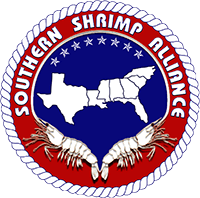The SSA has identified for CBP evasion of antidumping duties through the “new shipper” review, where a “new” importing business is set up to avoid antidumping duty deposits and to protect established importers from duty liability. A “new shipper” engineers sales to obtain a 0% antidumping duty deposit rate and then exports substantial quantities of merchandise to an importer that need not deposit any funds as security for antidumping duties that might later be owed. These imports are subject to significant antidumping duties when actual sales are ultimately investigated for dumping by Commerce, but when CBP attempts to collect the duties from the new shell company, the new shipper goes out of business without payment of the antidumping duties. The current system allows these shell companies to be established repeatedly without regulatory oversight.
In the FY 2009 Report to Congress on AD/CVD Enforcement Actions and Compliance, CBP indicated that for fiscal year 2008 only $56.00 in antidumping duties was deposited on $38.5 million worth of shrimp from China – an effective duty deposit rate of 0.00015% despite actual duty rates that, for some Chinese companies, exceed 100%. The extreme under-collection of antidumping duty deposits results, in large part, from the manipulation of the “new shipper” review process.
On the basis of industry information and CBP and ICE investigations, CBP determined that Chinese shrimp was being transshipped to the United States through Malaysia. Due to this illegal transshipment, importers of Chinese shrimp were able to circumvent not only the 2005 antidumping duty but also FDA’s recent import alert. In September 2007, CBP tested shipments of suspected Chinese shrimp illegally transshipped through Malaysia for the presence of unapproved drugs and found some contaminated shrimp.
GAO Recognizes SSA’s Help in Identifying Transshipment
The Government Accountability Office’s 2009 Report on Seafood Fraud states:
On the basis of industry information and CBP and ICE investigations, CBP determined that Chinese shrimp was being transshipped to the United States through Malaysia. Due to this illegal transshipment, importers of Chinese shrimp were able to circumvent not only the 2005 antidumping duty but also FDA’s recent import alert. In September 2007, CBP tested shipments of suspected Chinese shrimp illegally transshipped through Malaysia for the presence of unapproved drugs and found some contaminated shrimp.
